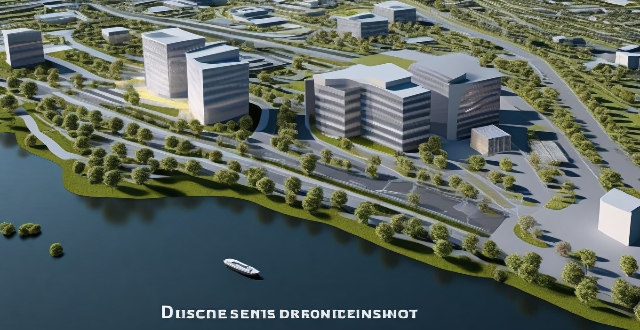The text discusses building energy efficiency standards, which are regulations and guidelines designed to reduce energy consumption. These standards promote sustainable development, reduce greenhouse gas emissions, and improve indoor air quality. The text lists seven key areas for improving energy efficiency: insulation and air tightness, heating, ventilation, and air conditioning systems, lighting systems, renewable energy sources, water efficiency, building materials and construction practices, and energy management and monitoring. Each area includes specific strategies and technologies that can be employed to increase energy efficiency.

Current Building Energy Efficiency Standards
Building energy efficiency standards are regulations and guidelines that aim to reduce the amount of energy consumed by buildings. These standards help to promote sustainable development, reduce greenhouse gas emissions, and improve indoor air quality. Here are some of the current building energy efficiency standards:
1. Insulation and Air Tightness
- Insulation: Proper insulation helps to reduce heat loss through walls, floors, and roofs. It is an essential part of energy-efficient building design.
- Air Tightness: Sealing gaps and cracks in a building's envelope can significantly reduce air leakage, which in turn reduces heating and cooling needs.
2. Heating, Ventilation, and Air Conditioning (HVAC) Systems
- Efficient Equipment: HVAC systems should be designed with high-efficiency equipment to minimize energy consumption.
- Controls: Advanced controls such as programmable thermostats and occupancy sensors can optimize HVAC system performance and save energy.
- Ventilation: Proper ventilation strategies, like demand-controlled ventilation, can ensure indoor air quality while minimizing energy use.
3. Lighting Systems
- Efficient Lighting Fixtures: Using energy-efficient lighting fixtures like LED lamps can significantly reduce lighting energy consumption.
- Daylighting: Incorporating daylighting strategies into building design can reduce the need for artificial lighting during daytime hours.
- Lighting Controls: Automated lighting controls, such as occupancy sensors and daylight dimming systems, can further optimize lighting energy use.
4. Renewable Energy Sources
- Solar Energy: Integrating solar photovoltaic panels or solar thermal systems into buildings can provide renewable energy for electricity and hot water generation.
- Wind Energy: Small wind turbines can be used in certain locations to generate renewable energy for buildings.
- Geothermal Energy: Geothermal heat pumps can be used for heating and cooling buildings, utilizing the Earth's constant temperature for energy efficiency.
5. Water Efficiency
- Rainwater Harvesting: Collecting and reusing rainwater can reduce potable water demand for non-potable uses like irrigation and toilet flushing.
- Efficient Plumbing Fixtures: Low-flow plumbing fixtures like showerheads, faucets, and toilets can significantly reduce water consumption in buildings.
- Greywater Systems: Greywater systems recycle wastewater from sinks, showers, and washing machines for non-potable uses, reducing overall water demand.
6. Building Materials and Construction Practices
- Sustainable Materials: Using sustainable materials with low embodied energy and minimal environmental impact can contribute to overall building energy efficiency.
- Construction Waste Management: Minimizing construction waste through efficient practices and recycling can reduce the environmental impact of building construction.
- Green Roofs and Walls: Green roofs and walls can provide insulation, reduce heat island effects, and manage stormwater runoff in urban areas.
7. Energy Management and Monitoring
- Energy Management Systems: Implementing energy management systems can help monitor and control energy consumption in real-time, identifying areas for improvement.
- Commissioning and Maintenance: Proper commissioning and regular maintenance of building systems ensure they operate efficiently throughout their lifespan.
- Energy Audits: Regular energy audits can identify potential issues and opportunities for improving energy efficiency in buildings.